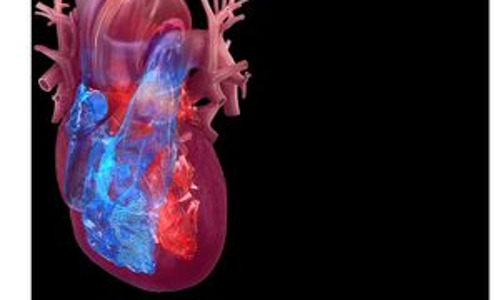
EUROPE: A longitudinal cohort study published in JACC CardioOncology identified that clinical heart failure or other cardiovascular complications can develop in asymptomatic patients with early-stage transthyretin amyloid cardiomyopathy (ATTR-CM) as quickly as in a few years. The research also showed that early treatment is linked to improved survival.
“ATTR-CM, a cardiomyopathy that worsens with time, is becoming a more widely recognized cause of heart failure as a result of improvements in noninvasive imaging methods. The good news is that although many people cannot obtain it, treatment is available,” asserted Esther Gonzalez-Lopez, MD, PhD, of Hospital Universitario Puerta de Hierro in Madrid, and colleagues.
The number of patients diagnosed in the early stages has increased due to advances in detection and treatment, but there are few prognostic statistics available for people who don’t show HF symptoms. Furthermore, it is unclear if early transthyretin (TTR) stabilizer initiation benefits asymptomatic patients.
This study’s objective was to outline ATTR-natural CM’s course and prognosis in patients without signs of HF.
Retrospective data from 6 international amyloidosis centers on the clinical features and outcomes of individuals with ATTR-CM without HF symptoms was gathered for this aim. There were 118 patients in total (78.8% men, median age 66 years [IQR: 53.8-75 years], 68 with variant transthyretin amyloidosis, mean left ventricular ejection fraction 60.5% 9.9%, mean left ventricular wall thickness 15.4 3.1 mm, and 53 [45%] treated with TTR stabilizers at baseline or during follow-up).
Major highlights of the research:
- 38 patients (23 New York Heart Association functional class II and 14 functional class III or IV) developed HF symptoms during a median follow-up period of 3.7 years (IQR: 1-6 years), 32 patients passed away, and 2 required heart transplantation.
- 20 patients received pacemakers; 13 of them experienced AF, and one suffered a stroke.
- At 1, 3, and 5 years, the overall survival rates were 96.5% (95% CI: 91%-99%), 90.4% (95% CI: 82%-95%), and 82% (95% CI: 71%-89%), respectively.
- After adjusting for sex, age, ATTR-CM type, and estimated glomerular filtration rate (HR: 0.18; 95% CI: 0.06-0.55; P = 0.002), treatment with TTR stabilizers was still linked to enhanced survival (HR: 0.31; 95% CI: 0.12-0.82; P = 0.019).
The authors concluded that after a median follow-up of 3.7 years, over one-third of patients with ATTR-CM who did not have HF symptoms at the time of their initial evaluation developed HF. TTR stabilizer treatment was linked to a reduced risk of developing clinical HF and an improved prognosis.
“Although more research is required to determine the best therapeutic strategy for patients with asymptomatic ATTR-CM, our findings support the idea that stabilizing medications should be started at an early stage of the illness,” they claimed.
REFERENCE
Gonzalez-Lopez E, Escobar-Lopez L, Obici L, et al. Prognosis of Transthyretin Cardiac Amyloidosis Without Heart Failure Symptoms. J Am Coll Cardiol CardioOnc. 2022 Nov, 4 (4) 442–454.
